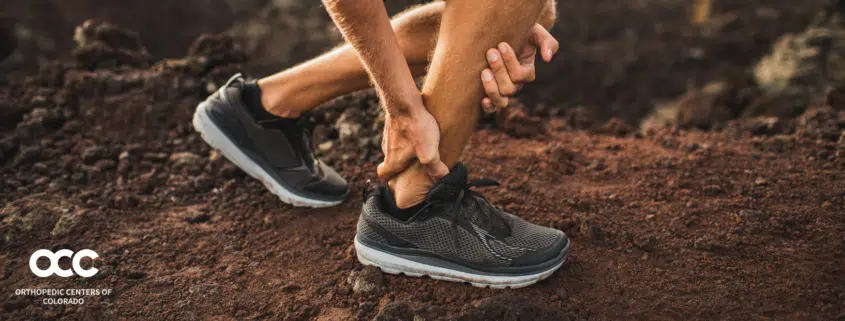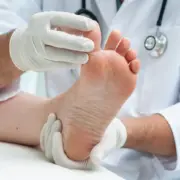Achilles Tendon Treatment Options
Achilles tendon pain treatments offer effective relief for tendonitis and Achilles tears. Although Achilles injuries are often the result of repetitive sports movements, daily activities can also lead to a tendon injury.
Frequently, Achilles injuries are the result of a rapid increase in activity such as repetitive sports movements or increased daily activities that can place significant stress and strain on the Achilles and lead to injury. Our bodies perform best with regular activity, and when there is a spike from limited activity to high activity, or when high activity is prolonged (overuse), tendons and muscles become more susceptible to injury.
How to Identify an Achilles Injury
The Achilles tendon connects the calf muscle to the heel and enables motions such as running, jumping, and pivoting. Like all tendons, the Achilles is very strong, but excessive strain can cause irritation or rupture. In addition to changes in activity levels, poor footwear support and uneven surfaces can leave the Achilles tendon vulnerable.
Pain, swelling and stiffness near the back of the heel are often signs of Achilles tendon injuries. The type of injury and the appropriate Achilles injury treatment varies by circumstance. Some Achilles injuries can resolve with rest and anti-inflammatory medicines. Severe Achilles tears require corrective surgical treatment. If you experience pain along back of leg that persists during and after an activity, or if you experience stiffness after use, it’s important to seek medical attention.
Types of Achilles Tendon Injuries
When the Achilles tendon becomes inflamed or swollen, the result is tendonitis. The type of tendonitis varies by the location of the tendon injury. If the damage occurs at the point where the tendon attaches to the heel bone, the tendonitis is said to be insertional. If the tendonitis occurs within the middle of the tendon, the condition is classified as non-insertional.
Insertional tendonitis is found in patients of all ages and activity levels, whereas non-insertional tendonitis is commonly tied to active, young adults. Males between 30-50 years of age are at a higher risk of an Achilles injury.
Achilles tears (or ruptures) can be partial or complete and are often accompanied by a popping sound at the time of injury. Key signs of an Achilles tear include pain in the back of leg (during movement and at rest), thickening of the tendon, and loss of strength.
Do not ignore warning signs of an Achilles injury. Tendon injuries worsen without treatment.
Achilles Tendon Pain Treatments
The assessment of a tendon injury’s location and severity will guide the proper tendon pain treatment. Factors including pain level, pain pattern and activity level will be considered during a clinical examination. The use of x-ray and MRI imaging supports a proper injury diagnosis while revealing any pre-existing conditions that may contribute to the pain or impact treatment options.
Many Achilles irritation or inflammation conditions respond well to conservative treatments. By combining rest from activity with nonsteroidal anti-inflammatory drugs and footwear that alleviates stress on the Achilles, many patients experience positive outcomes. Braces, arch supports, and physical therapy may also be used to aid recovery.
When conservative treatments fail to resolve partial tears, or when a full rupture occurs, corrective surgery is required.
Achilles tendon rupture surgery reconnects the tendon to the bone. The procedure restores the heel’s ability to push off as part of the basic walking and running motions. During surgery, an orthopedic specialist can repair or reattach a ruptured Achilles. A small incision is made at the heel and the damaged tendon is removed as necessary. If needed, the heel bone is prepared to reattach the tendon or to receive the new graft.
Surgery is followed by several weeks of immobilization and activity limits. With proper adherence to a closely prescribed rehabilitation plan, full recovery from Achilles tendon surgery can be achieved in six months.
There are effective Achilles tendon pain treatment options for inflamed and ruptured Achilles. Contact Dr. John Shank, CCOE’s foot and ankle specialist and orthopedic surgeon to schedule an appointment for your Achilles tendon pain.



